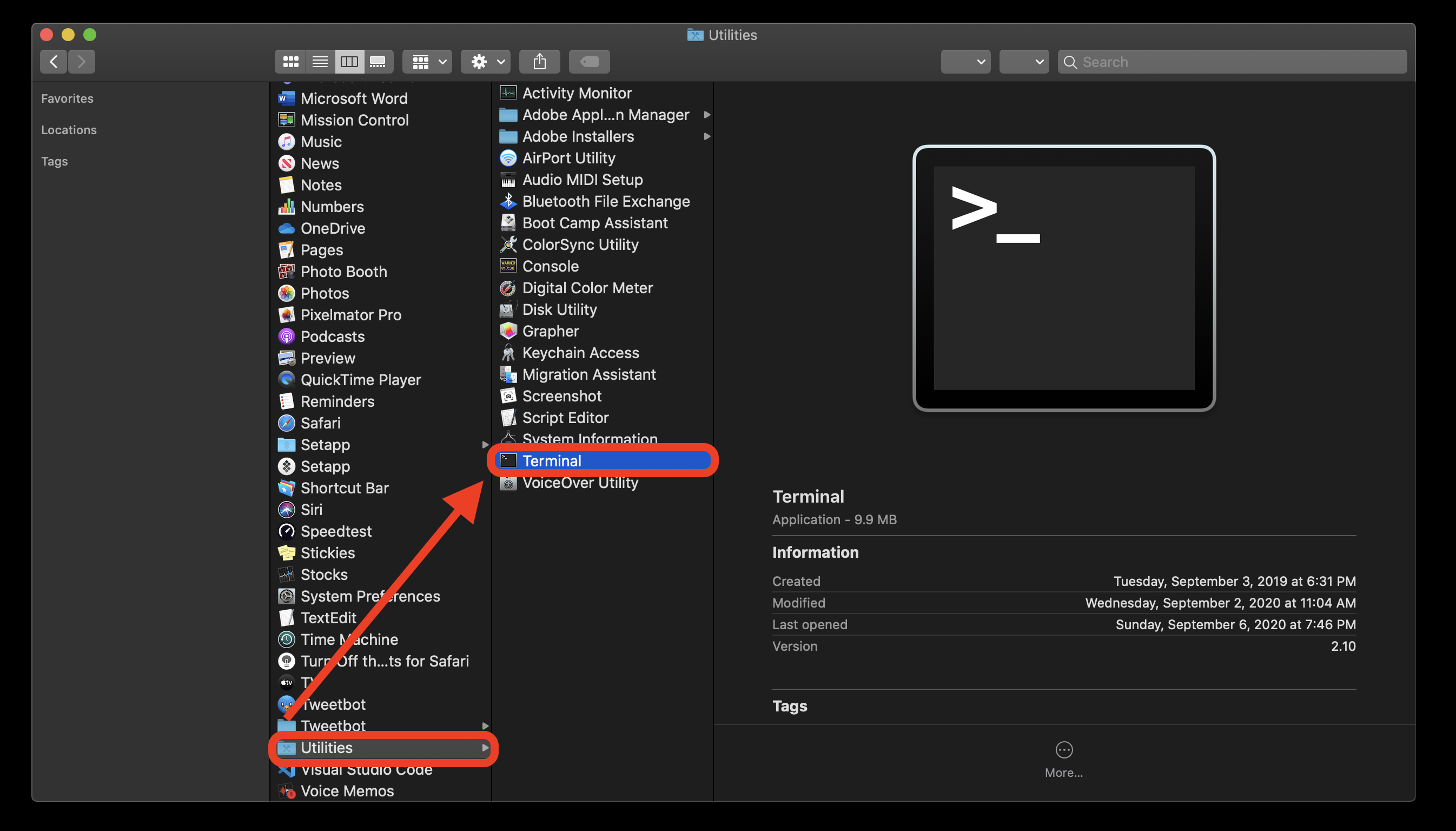

Bash it into a scriptĪlright, so let’s pop these commands into a bash script, for convenience, so it can be run easily, any time. The echo puts the value assigned to the variable on the terminal output, aka “standard out” or std-out. The semicolon acts as a command separator. The $() around the defaults read means, “run this command”. Prefer instead $(thecommand) because it is the accepted POSIX syntax, is visually clear, is nestable, and is consistent. `thecommand`), but, this should be considered deprecated. You’ll see backticks around commands in examples all over the web (i.e. Or, get that result to a variable, and then echo the variable: showallfiles=$(defaults read AppleShowAllFiles) echo $showallfiles You can read the status of this setting, like this: defaults read AppleShowAllFiles You can hide the hidden files again like this, therefore: defaults write AppleShowAllFiles FALSE Oddly enough, defaults write takes “true”, “yes” or “1” to mean the same thing. ( Scroll the code window to its right to see the rest of the command, if it’s cut off.) defaults write AppleShowAllFiles TRUE The standard way to show hidden files in the Finder, is to issue the command defaults write in Terminal. Hidden files in Finder Screenshot: Finder set to show invisible files Screenshot: Finder set to show invisible files
#Open in terminal mac finder how to#
There are several areas in OS X where you might need to display them, so I’ll show you how to do that for each.

git/ the special folder in any git repository, that contains all the info about the same System at its heart, so it has the concept of hidden files, and sometimes you want to see those. Are you stuck, wondering how to deal with the invisible files in your Mac Finder? Read on to find out how to handle them in Finder, Terminal and in Open Dialog boxes, as of OS X 10.11.3 “El Capitan”.


 0 kommentar(er)
0 kommentar(er)
